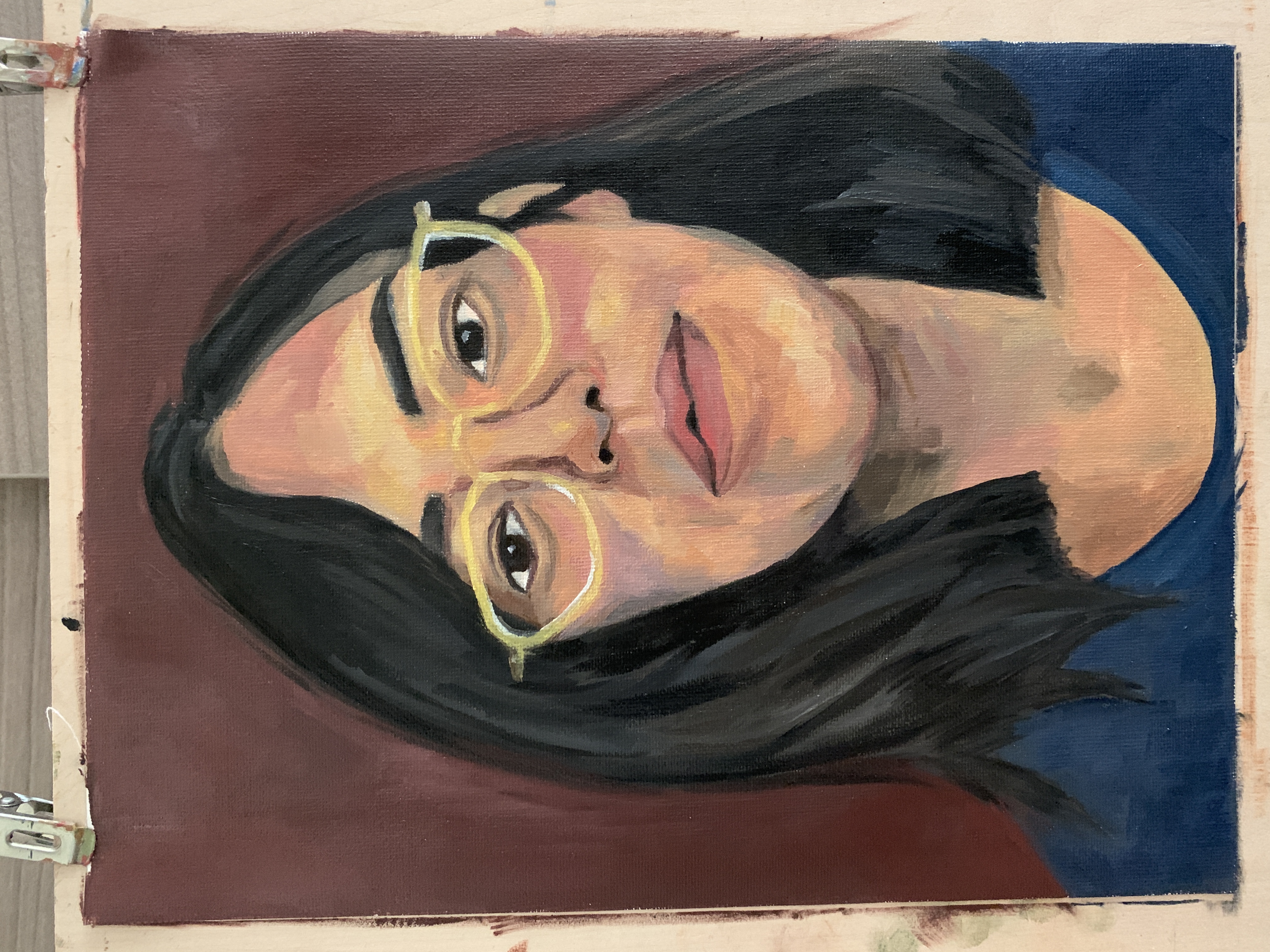Understanding the Language of Oil and Acrylic
- Sok Han Teng
- Jul 1, 2022
- 2 min read
Updated: Nov 16, 2023
Choosing the right paint for your artwork can be a daunting task, with various suggestions often conflicting. Some lean towards acrylic due to its quick-drying nature, while others favor oil paints for their fine texture. Preferences in paint choices are highly individualistic.

To ease the confusion, it's essential to understand the distinctions between acrylic and oil paints. Let's delve into each:

What Is Oil Painting?
Oil painting, a time-honored method, relies on oil as the binding agent for pigments.
Linseed oil is the most commonly used type. Typically applied on canvas or thicker boards, oil paints can also be used on wood, certain metals, and ceramics. Due to their oily base, these paints are best used over a primer.
How Does Acrylic Painting Work?
In contrast, acrylics are water-based and more user-friendly.
This characteristic makes them secure and ideal for beginners. While providing vibrant colors and allowing for similar techniques, acrylics have the added advantage of quicker drying times. They can be applied to various surfaces such as paper, canvas, wood, glass, and clay.
What Are The Differences Between Acrylic And Oil Painting?
Here are a few major differences between acrylic and oil paints.
Color
Most of the time, oil paints have more pigment, which makes the colors richer and more vivid. Acrylic colors can also get a little darker as they dry, so the color you mixed may not be the same color that you end up with on the canvas.
Time To Get Dry
The main difference between oils and acrylics is how long it takes for them to dry. Acrylic paint will dry in an hour, if not in fifteen minutes that's why it is ideal for beginners.
Where depending on the humidity and temperature of where you live, oil paints will stay wet for days or even weeks. Air exposure causes oils to oxidize and begin curing, which causes them to dry from the top layer down and often take longer to dry efficiently than they otherwise would.

Final Look Of Painting
Acrylics have a finish that is flatter and more matte. If you want your nails to shine, you will need to use a different product. On the other hand, oils have a natural high gloss and leave a noticeably smooth finish. There are paint mediums that can make oils more opaque or even give them a matte finish.
Cost
Oil paints are usually more expensive than acrylics. Artists on a budget will appreciate acrylics because they are less expensive than oil paints. Oil paints also consume more time in finishing as compared to acrylic paints as acrylic are water-based paints so they use less time in a complete painting.
Final Words
In summary, both acrylic and oil paints offer unique features, contributing to the aesthetic appeal of a painting. Their differences extend to finishing looks, paint mixing, and drying times. While oil paints may boast a higher cost and longer drying period, acrylics provide a cost-effective and time-efficient alternative. The choice ultimately depends on individual preferences and the desired outcome of the artwork.





Comments